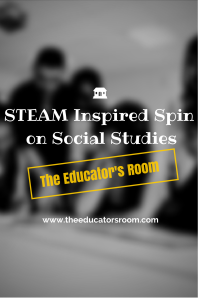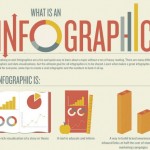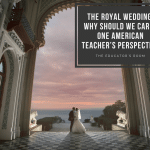 It is two days before the winter holiday break as I wind down with students and their LED light projects. I entered this study with no experience in circuit design or understanding of how lights operate, I given up the security of time tested lessons for STEAM (Science, Technology Engineering, Art, Math). There was no need for change. Except there was. Students had asked me why we couldn’t use more class time to make things. Why is research always about writing? That was my impetus. For the first time ever I deliberately fashioned a traditional social studies lesson around transformational STEAM frameworks. I found a 6 minute podcast on light’s role in history for a creating a simple outline on light history. Using a template for daily lectures on other commodities gave students the connection to light energy as a commodity and a model for their independent research. My goals: have students use light and its properties to experiment with creations as compared to other entrepreneurs of history. Make something that communicates an idea to others. Share that with a wider audience.
It is two days before the winter holiday break as I wind down with students and their LED light projects. I entered this study with no experience in circuit design or understanding of how lights operate, I given up the security of time tested lessons for STEAM (Science, Technology Engineering, Art, Math). There was no need for change. Except there was. Students had asked me why we couldn’t use more class time to make things. Why is research always about writing? That was my impetus. For the first time ever I deliberately fashioned a traditional social studies lesson around transformational STEAM frameworks. I found a 6 minute podcast on light’s role in history for a creating a simple outline on light history. Using a template for daily lectures on other commodities gave students the connection to light energy as a commodity and a model for their independent research. My goals: have students use light and its properties to experiment with creations as compared to other entrepreneurs of history. Make something that communicates an idea to others. Share that with a wider audience.
What I learned- Play time or creative time needed to happen each day in class. At first it didn’t look like much. Maybe students are not used to having play time. Like me, they didn’t really know what to do with the LED lights and batteries. I turned off the class lights, took away phones and other mobile devices until students just made something using properties of reflection, refraction, diffraction or interference. With artistic focus in mind I also offered suggestions around making a spotlight, diffusing light through filters, creating shadows and silhouettes. We went through recycling bins and I eventually brought in a box of oddities, like straws, bottle caps, metallic fabrics, cones, paper tubes, etc. The variety of resources motivated students to create.
Models– Students needed models of simple light activities and looking on the web did not suffice. I learned to make my own popup card about a current event, attached various news clippings on the Ferguson case and added a circuit for an interactive button that lit up the space. This simple circuit and cardstock art proved to be the AHA that motivated other students. I also attached a light to a pin, added the face of someone important in the news against a background of tissue papers. The light diffused through. Students asked me who this person was which led to a discussion. Using this moment to remind them that light draws people in, conversations happen and people learn something new. Simple. Students like simple.
Purpose– I let students choose any issue or current event that they wanted to talk about with people. That open ended piece motivated most students. I also used class time for handing in annotated source citations as proof of research on their current issue. I made this a quiz grade and incentive for using the rest of class to make their pop ups and light designs. Every student did this, so I am guaranteed against failures.
Applications– Encouraging students to curate simple images for both their actual study and the metaphors their studies imply was a smart idea. I didn’t realize how seriously students would take that idea of metaphor. And I loved hearing them converse or argue about images. Some students finished their light designs early. With them, I gave two options, organize their images and research into an infographic or use Vine to create 6 second videos with their light design. Students used Easel.ly to create infographics. The finished pieces looked professional and radiated light when stencils were cut into the paper. Students discovered that they could fold the paper into a cylinder which hung like a lamp or lantern, the light in the middle, reflecting colors. I also wanted students to create slide shows of their light projects using Instagram, but I did not have any takers on this.
Resources– I learned the hard way that batteries will drain if left in a bowl or bag. Batteries need to be separated and put back in trays. With 84 students working on projects, we had to constantly build and take apart designs. light designs can last a week or 3 days depending on the color of the LED. Students went quickly from reluctant to eager when building circuits with copper tape. I had to monitor the use of tape and learned to make students hand me a sketch of their circuit prior to cutting the tape. We measured the sketch, using only that amount. I also learned to keep endless supplies of tape on hand.
The Wider Audience– We presented our light displays during an advisory period. A few classes came but there were other things happening just before the holiday to keep people away. I created a hashtag for our designs and shared it through our school site on Twitter. #modworld #kaulbach #STEAM @luhslancers should draw that wider audience. Students who shared on Vine immediately had friends who shared again. While the conversations are lost, the interest in the work drew people in. That was exciting for students who never had an audience. So we end the year on a happy note. Students are considering not only capturing audiences but engaging them in deeper conversations. I hope to continue to move in this direction with possibilities for design remaining endless.




